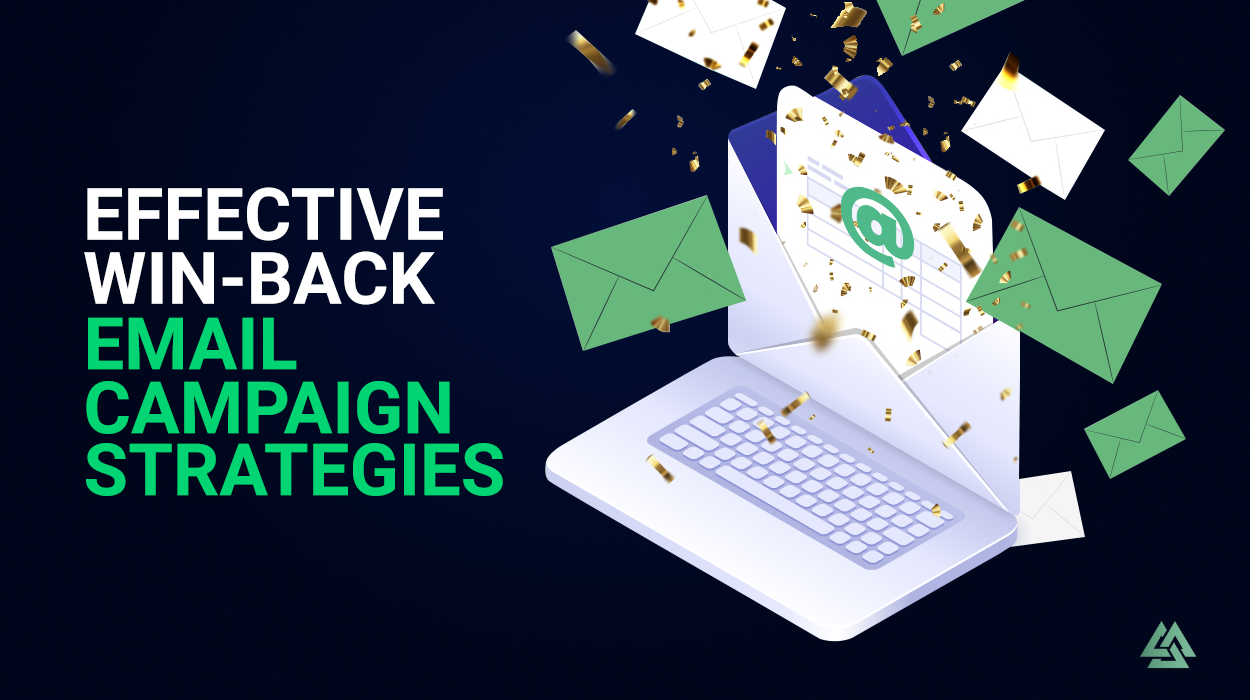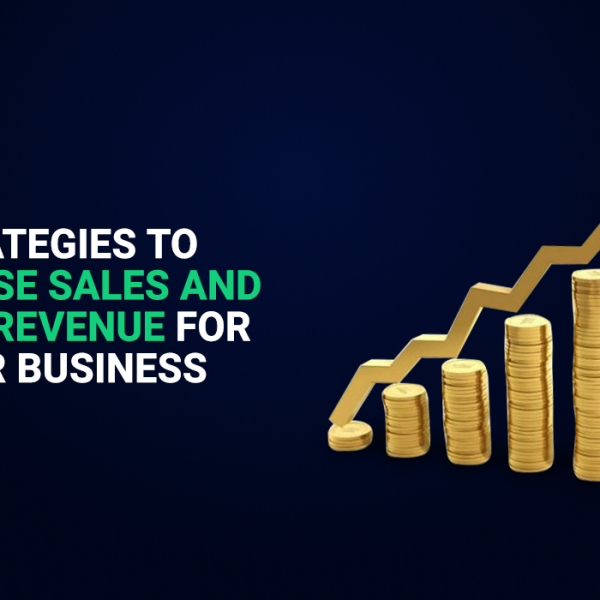In business, losing customers happens. It’s an inevitable cycle that business owners experience every now and then — customers often get bogged down by constant correspondence from brands, they get busy with life, or they simply aren’t interested anymore.
However, what if there is a way to reel them back in? How can you make your emails stand out from the competition and ultimately win back your customers? In this blog post, we will discuss what win-back campaigns are, why they are important, and strategies that can help you win-back your customers.
What is a win-back campaign?
A win-back campaign is sometimes known as a re-engagement or reactivation campaign. Essentially, it’s a series of emails that you send to dormant customers, with the aim of re-engaging them.
It’s also important to note that you’re trying to target dormant or lapsed customers, or those who have previously engaged with your brand but have become inactive. This is in accordance with anti-spam and data privacy laws, which stipulate that brands cannot continue sending emails to customers who have explicitly requested to opt out from future emails.
Some examples of lapsed customers include, but are not limited to, the following:
- They bought from your brand but haven’t come back to make subsequent purchases.
- They have visited and browsed through your website but haven’t made a purchase.
- They haven’t been opening or interacting with your emails for a while.
Why is winning customers back important?
Having one or two customers disengaging with your brand from time to time is harmless, but having multitudes who unsubscribe could hurt your brand in many ways:
- Lower open rates and higher bounce rates
Spam filters take these metrics into consideration when sifting through emails. Low open rates and high bounce rates could signal these filters to tag your email as spam, which could greatly hurt your future email campaigns.
Additionally, if customers are not informed about what’s going on with your brand, such as special promos or discounts, this could negatively affect your bottom line, which leads us to the next point.
- Lower conversions and sales
If your email campaigns are falling on deaf ears, it’s natural for your conversion rates to fall off too. Subsequently, with lower conversions and sales, this could badly hurt your brand.
With a well-strategized win-back email campaign, however, you can nudge dormant customers into the right direction and ultimately get them to engage with your brand more regularly.
Winning back customers is an important aspect of marketing and business in general, as 65% of a company’s business comes from existing customers. It’s also more cost-effective to retain existing customers than attracting new ones.
And most importantly, win-back campaigns are a good way to make customers know and feel that they are important to you, ultimately cultivating brand loyalty.
5 Strategies for a Successful Win-Back Email Campaign
1. Be mindful of the timing and frequency
Too many emails from a brand can be quite off-putting for customers, and more so for those who have lapsed in their interaction with you. This is why timing is important for win-back emails.
Ideally, your first win-back email should be sent between 1 to 3 months of inactivity. Subsequent follow-up emails can be sent after a week or 2. As a rule of thumb, win-back campaigns are set in 4 phases:
- Phase 1: The Reminder
This can be a simple hello to let the customer know that you’ve been thinking of them and that you noticed their absence. It serves as a subtle nudge to get their attention.
- Phase 2: The Incentive
Phase 1 and Phase 2 can often be used in conjunction with each other. The key here is to come up with a valuable lead magnet that will prompt your customer to re-engage with your brand.
- Phase 3: The Last Chance
This phase leverages customers’ FOMO, or fear of missing out. This involves creating a time limit to your incentives to create a sense of urgency. However, be careful with this stage. Spam filters have a long list of trigger words, and this includes subject lines and email copies that create a false sense of urgency. A good balance of subtlety and urgency is essential.
- Phase 4: The Goodbye
Most campaigns settle with around 1 to 3 “incentive phase” emails before sending the “last chance” email. If all previous efforts have been in vain, it may be time to say your goodbye. In your “goodbye” email, it’s still important to give customers the option to check out your website or offer. This is also a good time to ask for feedback on how you can improve.
2. Craft compelling and concise subject lines
Your subject lines are crucial in determining the chances of customers actually opening and reading your emails. A key strategy is to use personalization. It’s not just about addressing customers by their names — it’s also about providing them content that’s relevant and valuable to their unique needs.
Another important consideration is to craft your subject lines professionally: avoid trigger words, make sure it’s neatly formatted (i.e., avoid multiple punctuations), and keep it short and concise to avoid getting them trunctuated. In a study, subject lines that are less than 16 characters long have higher open rates.
3. Keep email copies lighthearted with clear calls-to-action
People don’t want to feel pressured into making a purchase, especially those who are not actively seeking your brand and your products/services. An important element of a successful win-back email is to keep it subtle and lighthearted.
A good balance of wit and humor also does the trick, but be sure that your tone of voice and message are consistent with your branding.
Some examples of email copy lead-ins you can use are:
- We haven’t seen you in a while. Is it us?
- We miss you. Here’s a little gift to welcome you home.
- Now is a great time to come back to us!
4. Offer attractive incentives
Incentives can be anything, from special discounts, a free trial, a reactivation offer, or whatever makes the most sense to your business. The aim here is to offer something of value that will entice customers to go back to you.
Knowing their purchasing history or product browsing history can give you a clue as to what they would appreciate best. It’s also important to consider that dormant customers may be at different stages of the sales funnel, so be sure to vary your incentives by segmenting your audiences.
5. Evaluate your campaigns regularly
This part is often overlooked but is quite essential in determining the effectiveness of your win-back campaign. Evaluating can also help you gauge whether it’s time to say goodbye to your customer who remains unresponsive to your efforts.
Some things you can do at this stage, among many other things, are the following:
- Segmenting your audiences and adjusting your metrics in accordance to this
- A/B testing your subject lines or email copy
- Asking for customer feedback
- Cleaning up your email list after evaluation
Win-back email campaigns are essential in cultivating brand loyalty and customer retention. With the right strategy, you can reel in lapsed customers and get them to re-engage with you. A lot of factors come into play in dictating the success of your win-back campaign, but it essentially comes down to knowing your customers well.
Having the right tools to analyze your customers and sending out well-timed email campaigns are also crucial. At Alpine IQ, we have a suite of AI-powered marketing tools that can help you make the most of your marketing efforts. Contact us to learn more!
To get the latest updates on our suite of services, make sure to subscribe to our blog today!







Leave a Comment